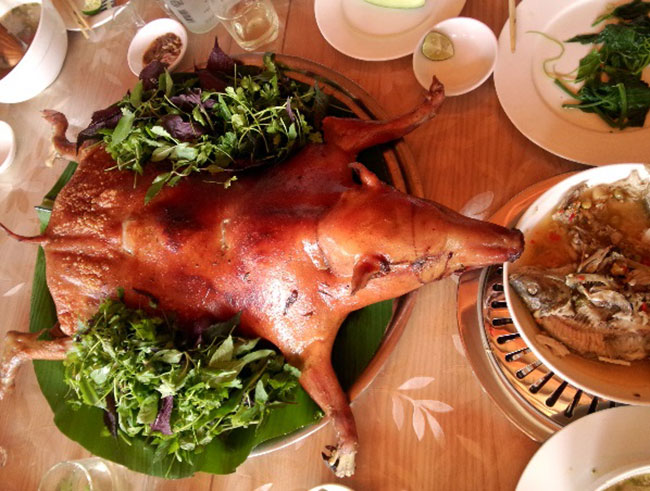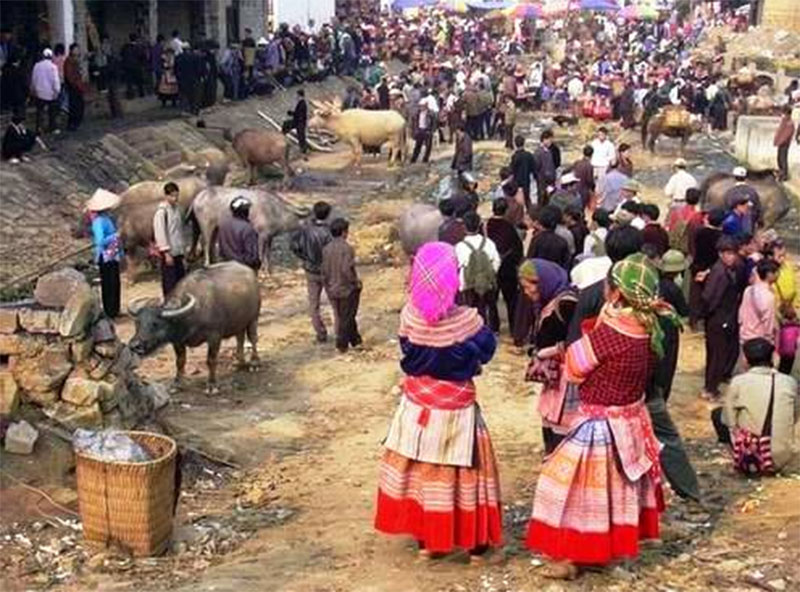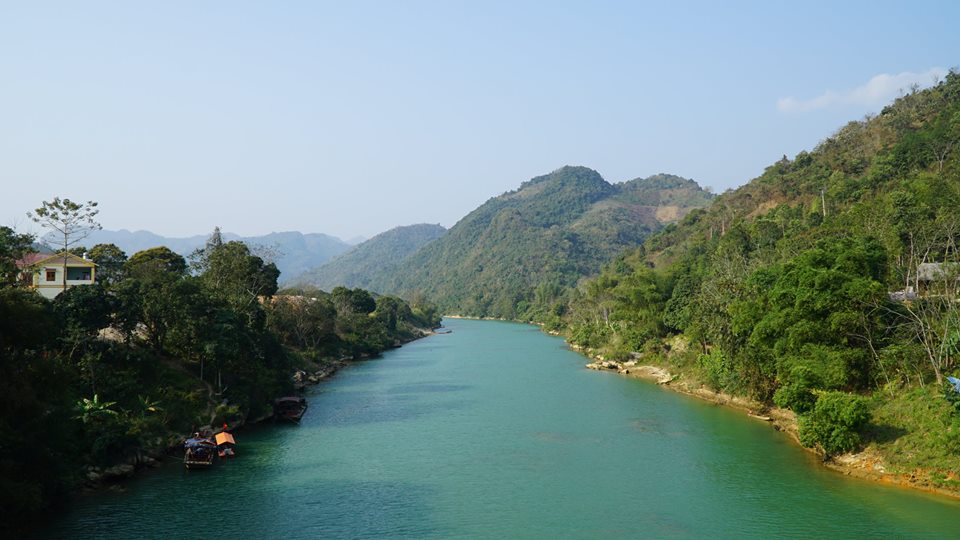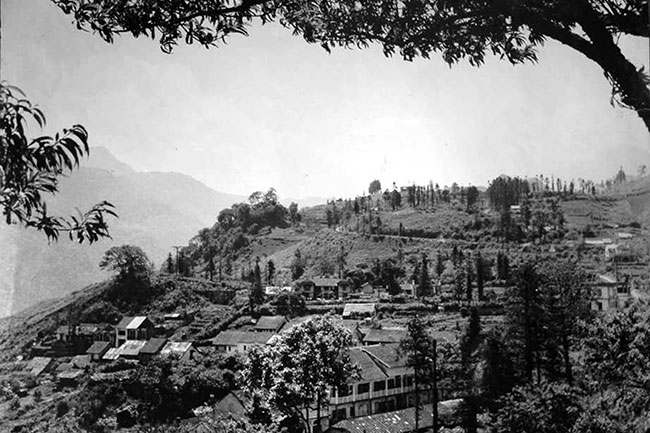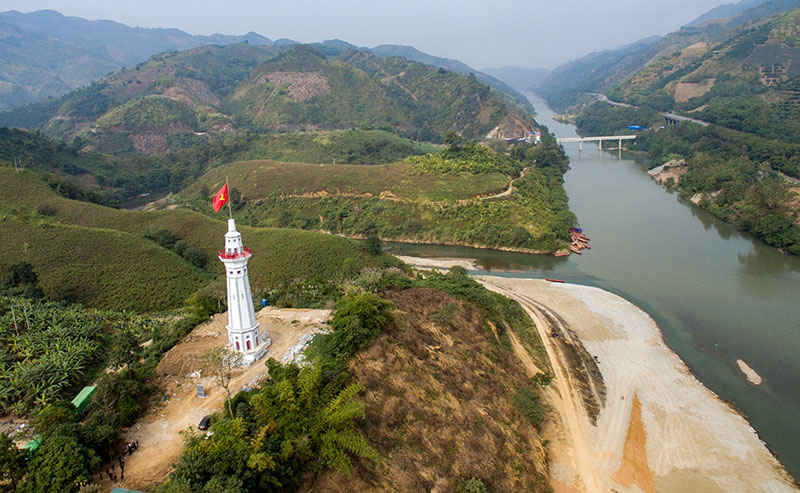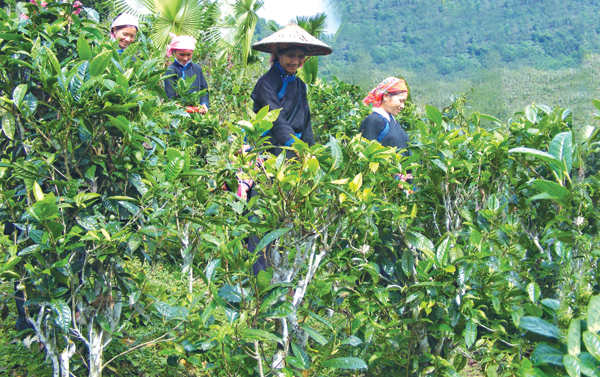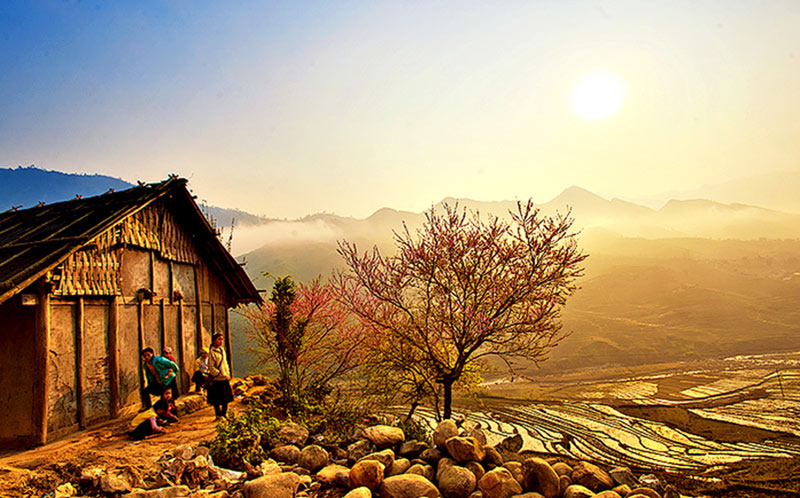X
Go back to the past, learn the origin of the Sa Pa tourist area. At the end of 1903, an expedition of the Department of Geography of Indochina, after many days of surveying, discovered the landscape of Lo Suoi Tung plateau and Sa Pa village. The delegation named the Cao station area as Sa Pa. This is considered a landmark forming Sa Pa tourist area (Previously, locals still called this area Sa Pa, in the local language, Sa Pa means "sand beach", but by western people. pronunciation has no accents, so it is called Sa Pa). Realizing the beauty of the natural landscape, cool fresh climate, the French soon intended to build Sa Pa into a resort station. In 1905 a French survey team organized an expedition and set a landmark on the top of Fansipan. On June 2, 1909, Chief envoy Lao Kay (former name of Lao Cai province) submitted to the Governor of Bac Ky a proposal to establish a sanatorium on Sa Pa station. Followed by a series of milestones marking the development of Sa Pa:

Sa Pa map of the early years of the twentieth century
- In 1909 -1912: Opening the pedestrian route connecting Lao Cai with Sa Pa, expanding into a car road in 1924, in 1930, this road and inner city roads in Sa Pa were asphalted.
- In 1912: The large-scale Cao Porcelain Hotel was built. A series of plantations, offices, infrastructure in the center of Sa Pa was formed.
- In 1915: Established Sa Pa meteorological station, in order to provide the first research data on the regional climate in the international hydro-meteorological network, in 1958, Poland helped us to build and re-equip the city. Sa Pa geophysical station.

A corner of Sa Pa in the past- Năm 1916: Hiệp hội khuyến khích du lịch ra đời.
- In 1925: Sa Pa church was built in 1925, in this year, the Cat Cat hydroelectric power plant of 100 kw was built by contractor Vomousse. In the same year, the Orientalist Victo Gulubep announced the discovery of an ancient rock ground in Sa Pa in Ta Van, Hau Thao.

Archaeologists discovered the ancient rock in 1925
- In 1927: There were 51 tourists to Sa Pa, 1928 with 158 tourists to Sa Pa
- In 1930: Electricity in Sa Pa station was used. Since then, the speed of construction in Sa Pa was accelerated. At the end of 1938-1939 there were 3,000 tourists to Sa Pa.

Sa Pa was quite busy in the years 1930 - 1940
- March 9, 1944: The Governor of Tonkin signed a decree to dissolve Chau Thuy Vy to establish Sa Pa, including 3 communes of Huong Vinh, Muong Hoa, Sa Pa and Xuan Vien street. Sa Pa high station becomes a new center of the continent.
- From March 1945 to March 1951: It was the period of constant war in Sa Pa, tourist activities in Sa Pa stopped.
- April 1951: The French withdrew from Sa Pa, after that they bombed and destroyed most of the buildings that were built before.
For a long time, there are no tourism activities in Sa Pa, only the local people participate in the reconstruction and economic development. The beautiful Sa Pa tourist area fell asleep like it had never been awakened before. Until 1991, when Vietnam opened the door to economic integration, new tourists staggered back to Sapa. After the 10th Party Congress (1991) and the 11th (1996) Lao Cai, Lao Cai focused on strongly developing tourism and identified tourism as an important economic sector. Lao Cai province has spent a significant part of its budget to invest in the development of tourism infrastructure including: Pulling the national grid, building a clean water system, building inner city roads, improving roads connecting Lao Cai and Sa Pa ... Since then, domestic and international tourists come to Sa Pa more and more. The potentials and strengths of Sa Pa tourism are gradually awakened. In addition to the form of resort tourism to enjoy the fresh and cool air, Sa Pa tourism at this time also expands ecotourism and culture with tourist destinations such as Ham Rong, ancient stone beach, Silver waterfall. , Cau May, Cat Cat, Ta Phin ... In November 2002, Lao Cai province signed a contract with the University of Bordeaux 3 and the Aquitaine Regional Council (France) sent a delegation of experts to survey the planning of Sa tourism. Pa, in order to preserve Sa Pa tourist area, associating tourism planning with urban planning, agriculture ...

Panoramic view of Sapa town from the top of Fansipan
Sa Pa tourism has recovered and grown rapidly, in 2002 over 80 hotels were built, attracting over 75,000 tourists. In 2013, Sa Pa welcomed 720,000 visitors, sales reached 576 billion. Especially in 2014 when the Noi Bai - Lao Cai expressway was completed, it shortened the travel time of tourists; In 2016, Sun World Fansipan Legend cable car tourist area came into operation to become the most attractive tourist destination in Sapa, the number of tourists coming to Sapa is more and more crowded. According to statistics in 2018, Sa Pa welcomed 2.5 million visitors, in 2019 Sa Pa attracted 3.2 million visitors.
Modern hotel in the heart of town
On the evening of December 28, 2019, the People's Committee of Lao Cai Province held a ceremony to announce the Resolution of the National Assembly Standing Committee on the establishment of Sa Pa town, marking a new turning point for this potential tourist area. After becoming a tourist town, Sa Pa has 16 administrative units with 6 wards: Sa Pa, Sa Pa, Cau May, Fansipan, O Quy Ho, Ham Rong and 10 communes: Ban Ho, Hoang Lien, Lien Minh. , Muong Bo, Muong Hoa, Ngu Chi Son, Ta Phin, Ta Van, Thanh Binh, Trung Chai.
Many major tourism events are held in Sa Pa
Sa Pa attracts a lot of tourists
Sa Pa town has been and continues to be invested and developed with major projects in the future such as: Sa Pa Airport, Muong Hoa Cultural Park Complex, and an entertainment area invested by Sun Group ... Putting into operation will create a great opportunity for Sa Pa tourism to break through, meeting the increasing needs and criteria of tourists, aiming to welcome 8 million tourists by 2030. Let Sa Pa not only be a national tourist area but strive to become an international tourist area.
Pham Van Kinh
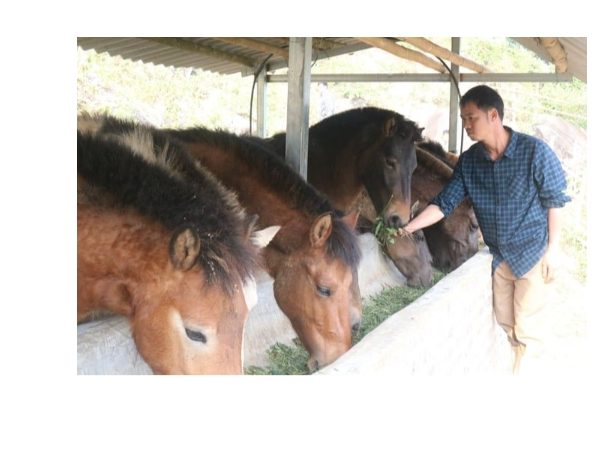

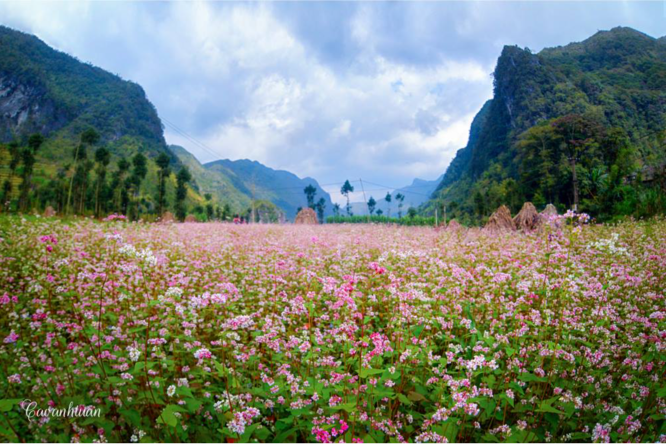
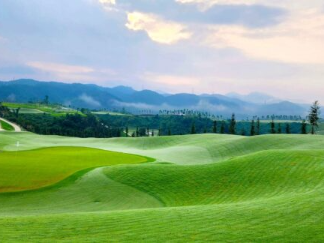
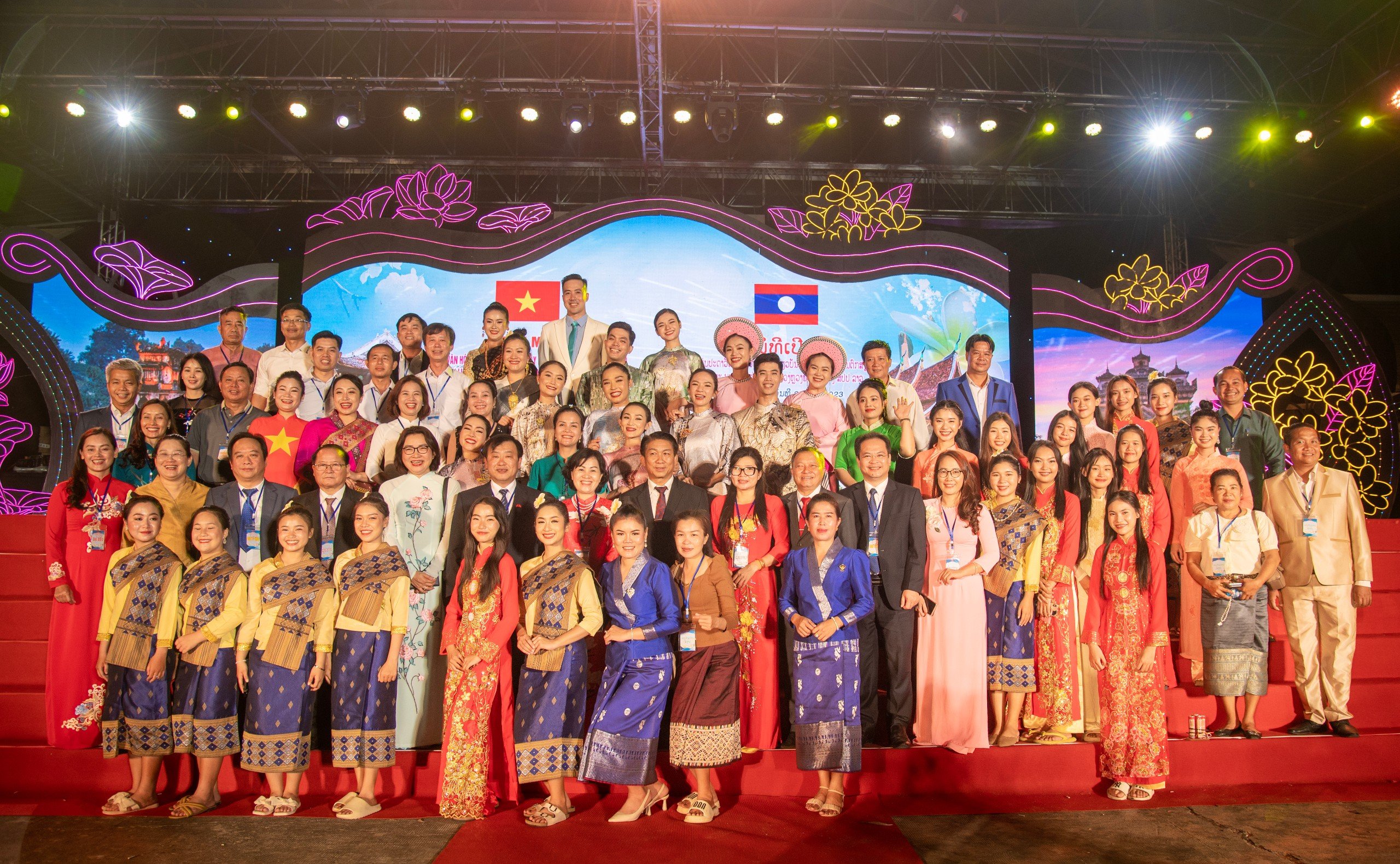

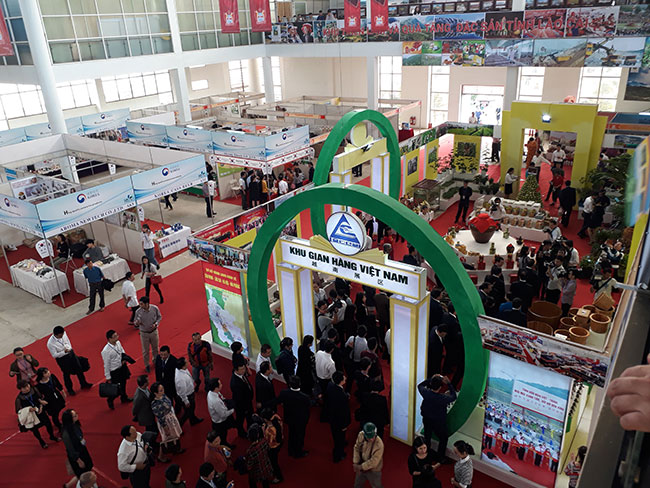
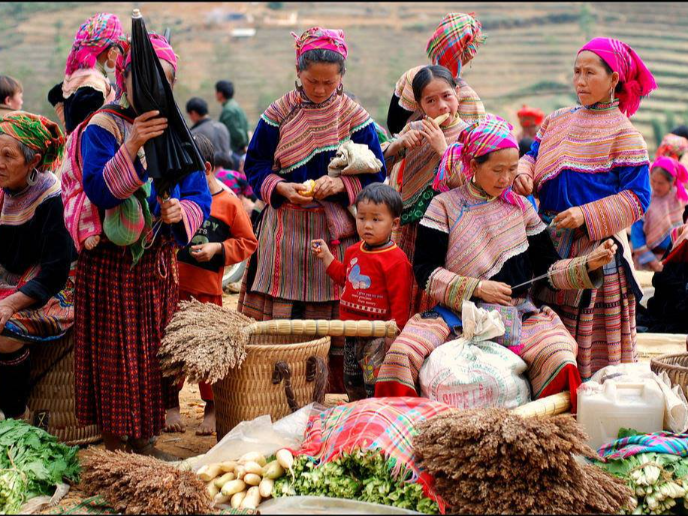
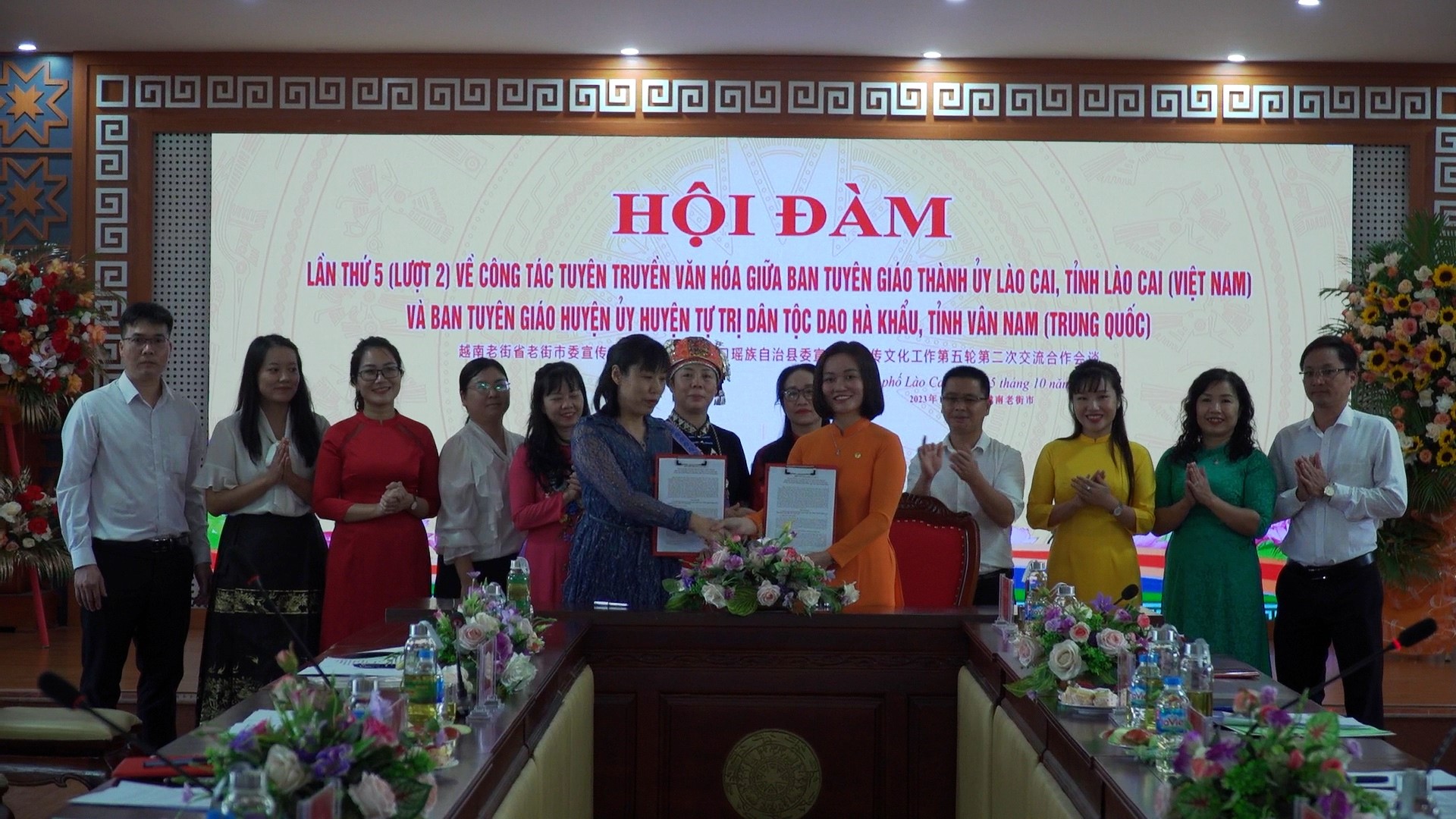
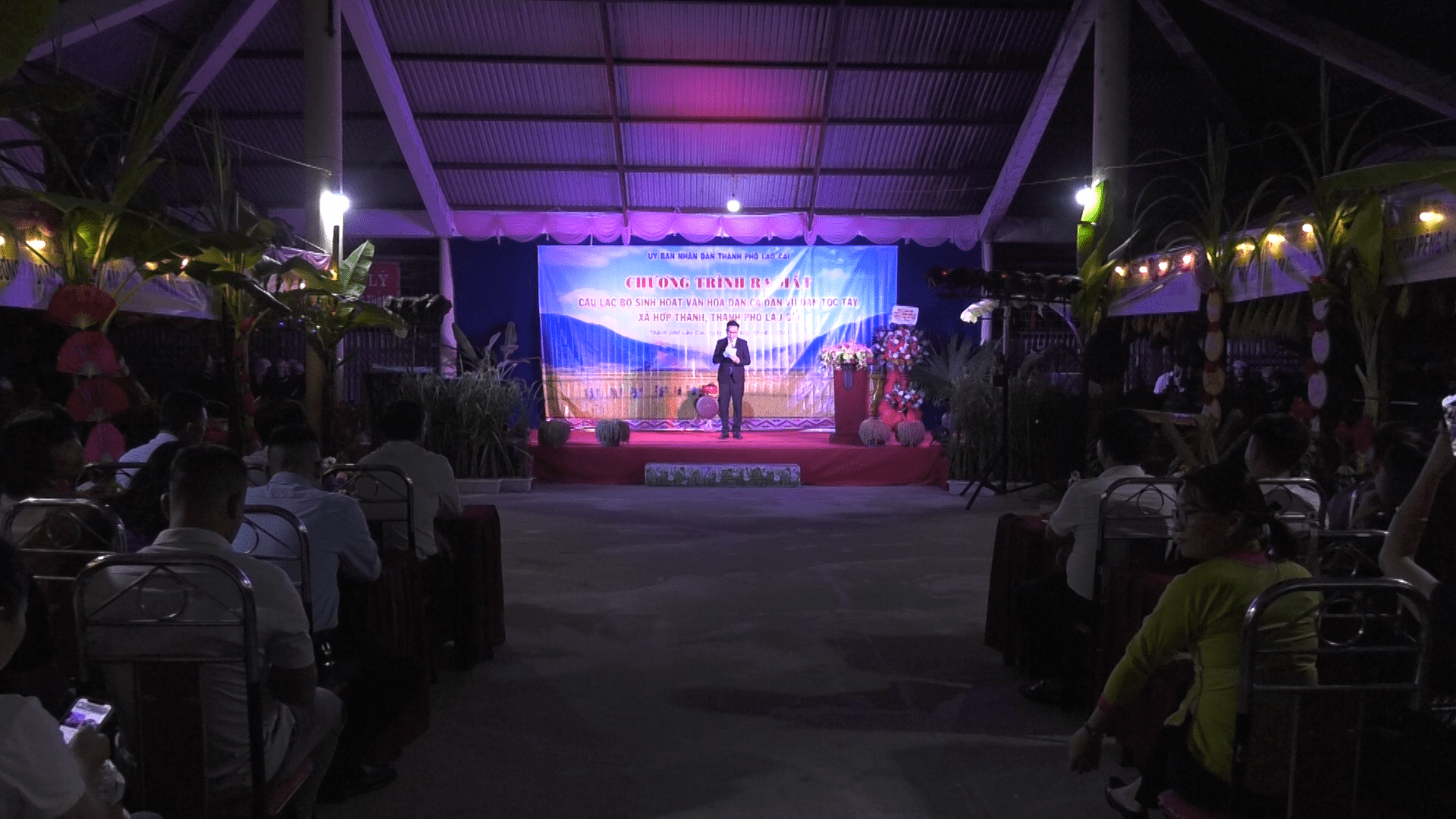
%20v%e1%bb%9bi%20Trung%20Qu%e1%bb%91c/dao-bac-ha_636931637798307905.jpg)
